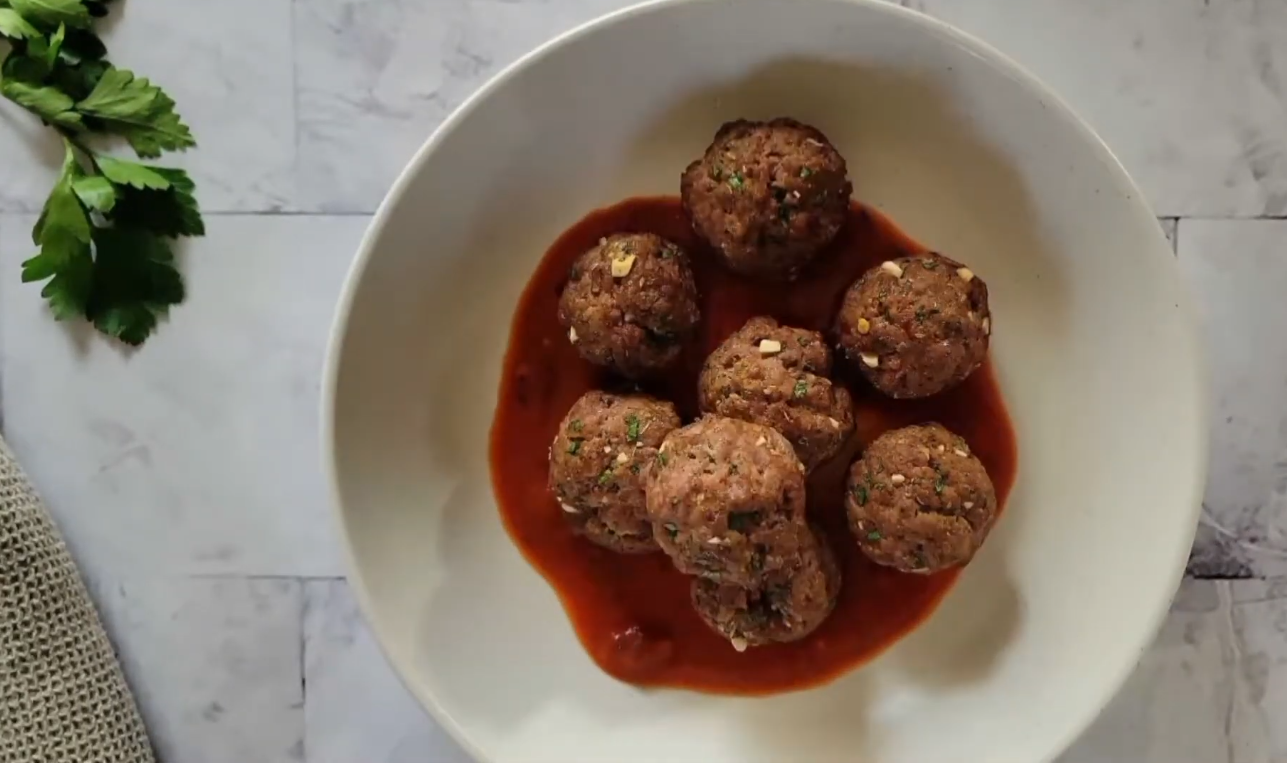Gluten-Free Meatballs: A Delicious Alternative for All Diets
FAQs
What can I use instead of breadcrumbs in gluten-free meatballs?
For gluten-free meatball binding, almond flour or ground almonds are excellent options, providing a subtle nutty flavor that complements various meats. Other alternatives include crushed gluten-free crackers which add a satisfying crunch, or rolled oats that have been ground into a flour-like consistency for a firmer texture. For those seeking a lighter texture, cooked quinoa or rice are perfect choices; they not only bind the ingredients effectively but also contribute additional moisture and subtly enhance the overall flavor of the meatballs. Each of these alternatives ensures the meatballs remain gluten-free while introducing unique textures and flavors to the dish.
What brand of meatballs is gluten-free?
Several brands cater to the gluten-free market with delicious and safe meatball options. Aidells and Applegate Farms are well-known for their gluten-free varieties, including flavors like Italian Style with Cheese and Chicken Meatballs. Trader Joe’s also offers a convenient option with their ready-to-cook Turkey Meatballs. It is essential to always check the packaging for a gluten-free label to ensure the product meets safety standards, as recipes and formulations can vary.
Does Trader Joe’s have gluten-free meatballs?
Yes, Trader Joe’s provides gluten-free Turkey Meatballs, appreciated for their ease of preparation and robust flavor. These meatballs are available in the frozen section, making them a convenient choice for a quick and easy meal. As with any packaged food, it is advisable to regularly check the product labels for the most current ingredient information, as formulations can change over time.
Are Kirkland Italian style meatballs gluten-free?
Kirkland Italian Style Meatballs, available at Costco, are not suitable for a gluten-free diet as they include wheat-based breadcrumbs in their ingredients. Those following a gluten-free diet must read labels carefully. Opting for other brands that explicitly use gluten-free ingredients or preparing homemade recipes tailored to gluten-free requirements are safer alternatives. This ensures compliance with dietary restrictions while enjoying delicious, safe-to-eat meatballs.



